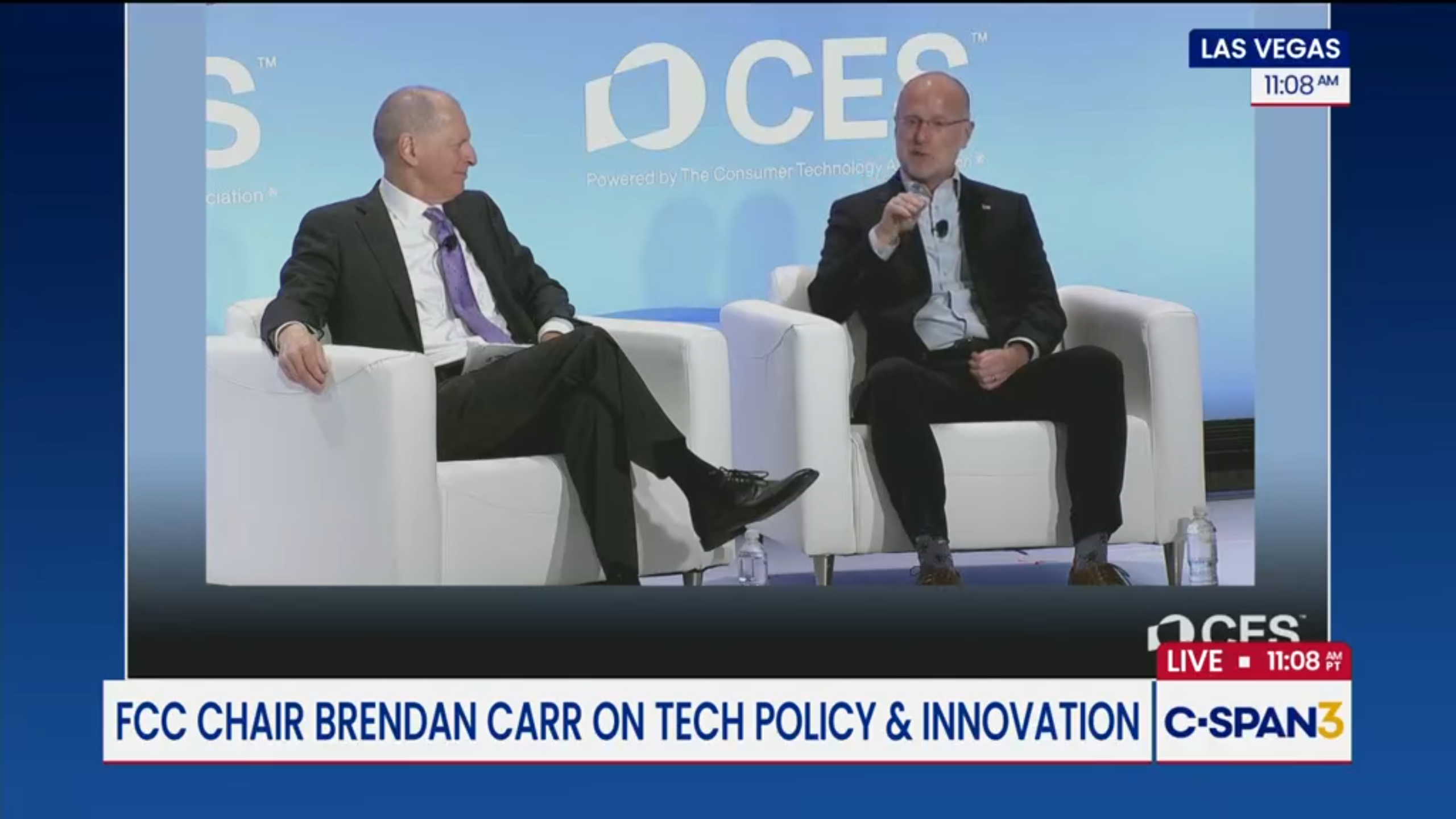Is ATSC 3.0 for Real?
RESTON, VA.—I recently attended the advanced broadcasting demonstration at WKOW-DT in Madison, Wis., and came away impressed. Put forth as a proposal for the ATSC 3.0 physical layer, the demonstration had a 4K (3,840 x 2,160-pixel) transmission modulated using 256QAM, a 720p channel modulated using 16QAM and a 480p feed using QPSK modulation, all running simultaneously from WKOW’s Channel 27 transmitter and wrapped in an OFDM package.
The only change that needed to be made in WKOW’s transmission plant was to swap out the station’s standby exciter with a hand-built unit designed by Gates Air and LG/Zenith. When it came time for the test (1 a.m.!), all that needed to be done in the RF path was to switch to the standby exciter and slightly de-rate the transmitter by 0.5 dB to avoid overdriving it.
Of course, viewers in Madison with ATSC 1.0 digital sets (which is all of them) who tuned to WKOW would receive nothing during the test, as their demodulators would not know what to make of the OFDM signal. On the other hand, we observers were bussed around the city to demonstrate the robustness of the signal in challenging environments. And both the 480p and 720p signals were quite robust, refusing to break up even with the antenna in motion inside of a steel-sheathed building.
This is one proposal for a future ATSC 3.0 standard, and there are others. As this test and other potential ATSC 3.0 candidates have shown, it is completely incompatible with existing ATSC 1.0 receivers. If/when we move into an ATSC 3.0 future, it will have to be with new TVs and outboard tuners.
There is also work proceeding on an ATSC 2.0 standard, which is intended to be backward compatible with ATSC 1.0. That means that ATSC 2.0 will deliver new features for viewers who have new receivers, but it will still be watchable on existing ATSC 1.0 receivers. There was a time when this sounded like a great idea, but the ground may be shifting in favor of an all-new system that addresses both new technology and the shortcomings of ATSC 1.0/2.0.
The two biggest of these are 4K transmission and exceedingly robust mobile/handheld signals. ATSC 2.0 will not do the former and the ATSC 3.0 candidate system demonstrated at WKOW likely outshines the ATSC 2.0 version of mobile/handheld reception. We are months—if not years—from agreement on an ATSC 2.0 standard, and ATSC 3.0 will follow that. All I can say in the meantime is that it sure is interesting to be in the television business.
The professional video industry's #1 source for news, trends and product and tech information. Sign up below.
Bob Kovacs is the former Technology Editor for TV Tech and editor of Government Video. He is a long-time video engineer and writer, who now works as a video producer for a government agency. In 2020, Kovacs won several awards as the editor and co-producer of the short film "Rendezvous."

